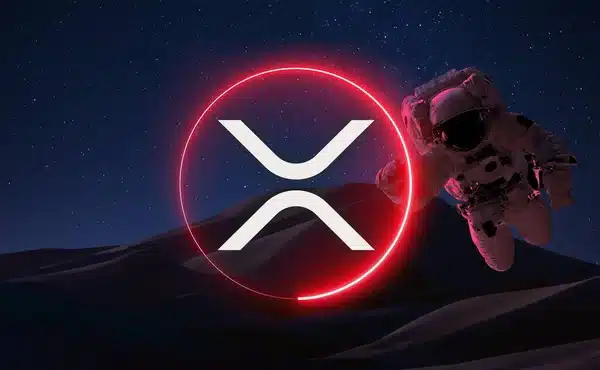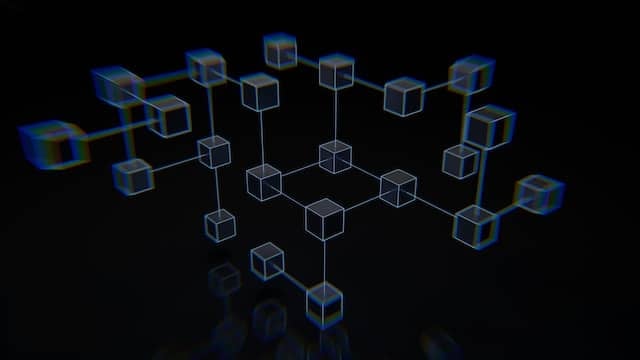
- Band Protocol integrates with XRPL, improving the reliability and accessibility of real-time pricing data for DeFi.
- This collaboration marks a milestone in blockchain, combining data accuracy and decentralization, driving innovation in decentralized applications.
We have good news for the blockchain sector, Band Protocol, a leading data oracle platform, has announced its integration with the XRP Ledger Network (XRPL). This more than strategic move positions Band Protocol as the leading oracle provider for XRPL’s core network and its Ethereum Virtual Machine (EVM) sidechain.
The integration of reliable and secure oracle solutions promises to usher in an era of increased data reliability and infrastructure hardening, greatly benefiting the XRPL community.
This initiative will expand XRPL’s capabilities and provide developers with access to robust and reliable data resources, opening innovative avenues, especially in the decentralized finance (DeFi) sector.
Opportunities in XRPL and DeFi
Band Protocol’s integration with XRPL goes beyond simple collaboration; it is positioned as the core of XRPL’s core network infrastructure and its EVM sidechain. What is remarkable here is how Band Protocol, through its decentralized oracles, provides real-time pricing data feeds essential to the DeFi (Decentralized Finance) ecosystem. This integration ensures reliability and accessibility of market data, focusing on key cryptos such as $XRP, $BTC and $ETH, and covering a broad spectrum of assets.
A Milestone for the Blockchain Community
But what does this integration really mean for the XRPL community and the blockchain world in general? First of all, it lays a solid foundation for the rich development of decentralized applications (dApps).
With Band Protocol, global developers now have the ability to seamlessly integrate oracles with their decentralized applications. This not only opens avenues for innovation within the XRPL developer community, but also expands opportunities in the DeFi world.
The importance of decentralized oracles in blockchain cannot be underestimated
They act as critical bridges between the real world and blockchains, providing external data that is essential for the execution of smart contracts. With Band Protocol, XRPL not only enhances its existing infrastructure but also sets a precedent for future integrations on other blockchain platforms.

Panos Mekras, co-founder and CFO of Anodos Finance, commented on the development, describing the integration as an exciting and excellent step for XRPL. This sentiment is echoed throughout the community, with many seeing the integration as a pivotal moment for the future of blockchain and DeFi.
In all of this, how does the XRP Ledger work?
The XRP Ledger (XRPL) is an advanced blockchain technology, known for its efficiency and speed in processing transactions .
Here we explain how it works:
- Consensus Architecture: Unlike other blockchains that use Proof of Work (PoW) or Proof of Stake (PoS), XRPL uses a unique consensus protocol. This protocol, known as the Ripple Protocol for Consensus (RPCA), allows nodes in the network to validate transactions quickly and efficiently. Each server in the XRPL network constantly votes on the validity of transactions and the status of the ledger, reaching consensus in a matter of seconds.
- Transactions and Speed: XRPL can process transactions at an impressive speed, with a confirmation time of only 3 to 5 seconds. This makes it ideal for real-time financial transactions and payments. In addition, XRPL handles a wide variety of transactions, including not only transfers of its native cryptocurrency, XRP, but also the issuance of other digital assets and tokens.
- Low Cost and Energy Efficiency: Transactions on XRPL have a very low cost, making it attractive for high-volume transactions and micropayments. In addition, by not using PoW, XRPL is much more energy efficient compared to blockchains such as Bitcoin.
- Decentralized Ledger: XRPL operates as a decentralized ledger. Although Ripple, the company behind XRP, plays a major role in its development, the network itself is maintained by a global community of independent servers that participate in the consensus process.
- Additional Functionalities: XRPL not only handles cryptocurrency transfers, but also offers features such as custom token creation, smart contract execution (through its integrated Escrow and PayChan system), and the decentralized integrated exchange (DEX) where users can exchange different digital assets.
- Scalability and Security: The network is designed to scale and handle a high volume of transactions without compromising security. It uses advanced cryptographic methods to secure transactions and protect information on the network.
The integration of Band Protocol with XRPL is a testament to the steady growth and innovation in the blockchain space. We are witnessing not only a technological breakthrough, but also a paradigm shift in how data is fed and used in decentralized applications, ushering in a new era in data reliability and efficiency on the blockchain.
Crypto News Flash does not endorse and is not responsible for or liable for any content, accuracy, quality, advertising, products, or other materials on this page. Readers should do their own research before taking any actions related to cryptocurrencies. Crypto News Flash is not responsible, directly or indirectly, for any damage or loss caused or alleged to be caused by or in connection with the use of or reliance on any content, goods, or services mentioned.
Credit: Source link































